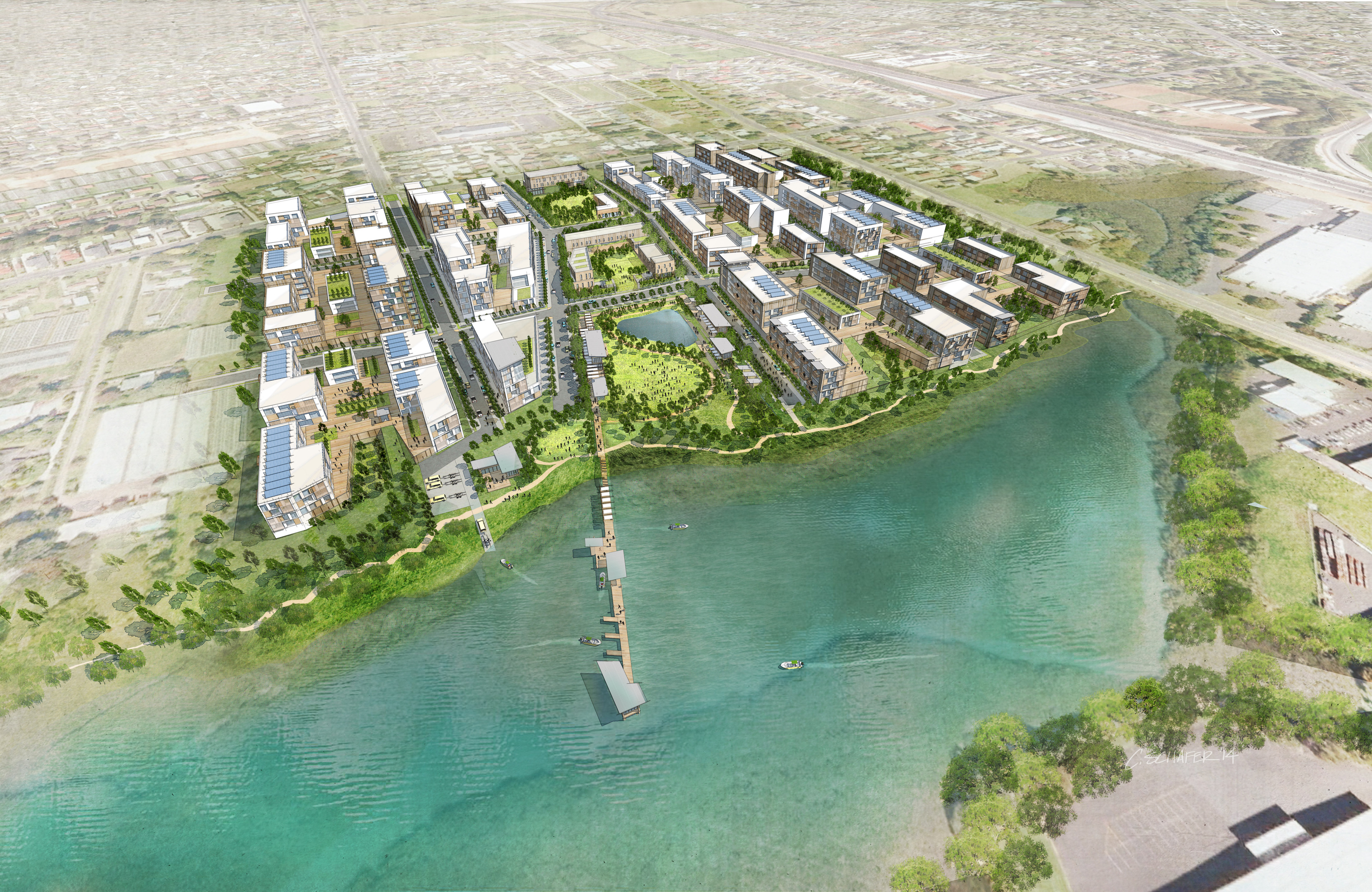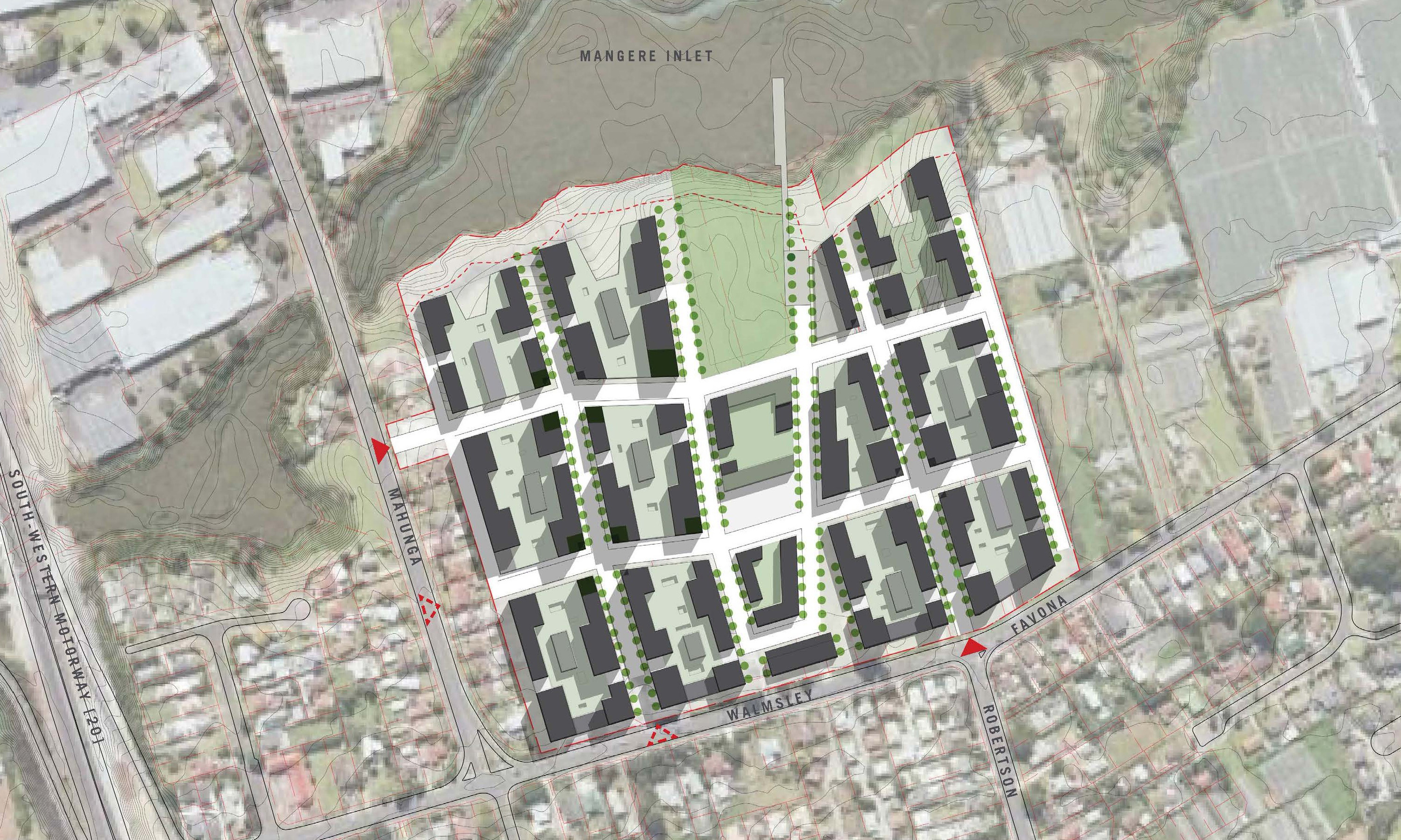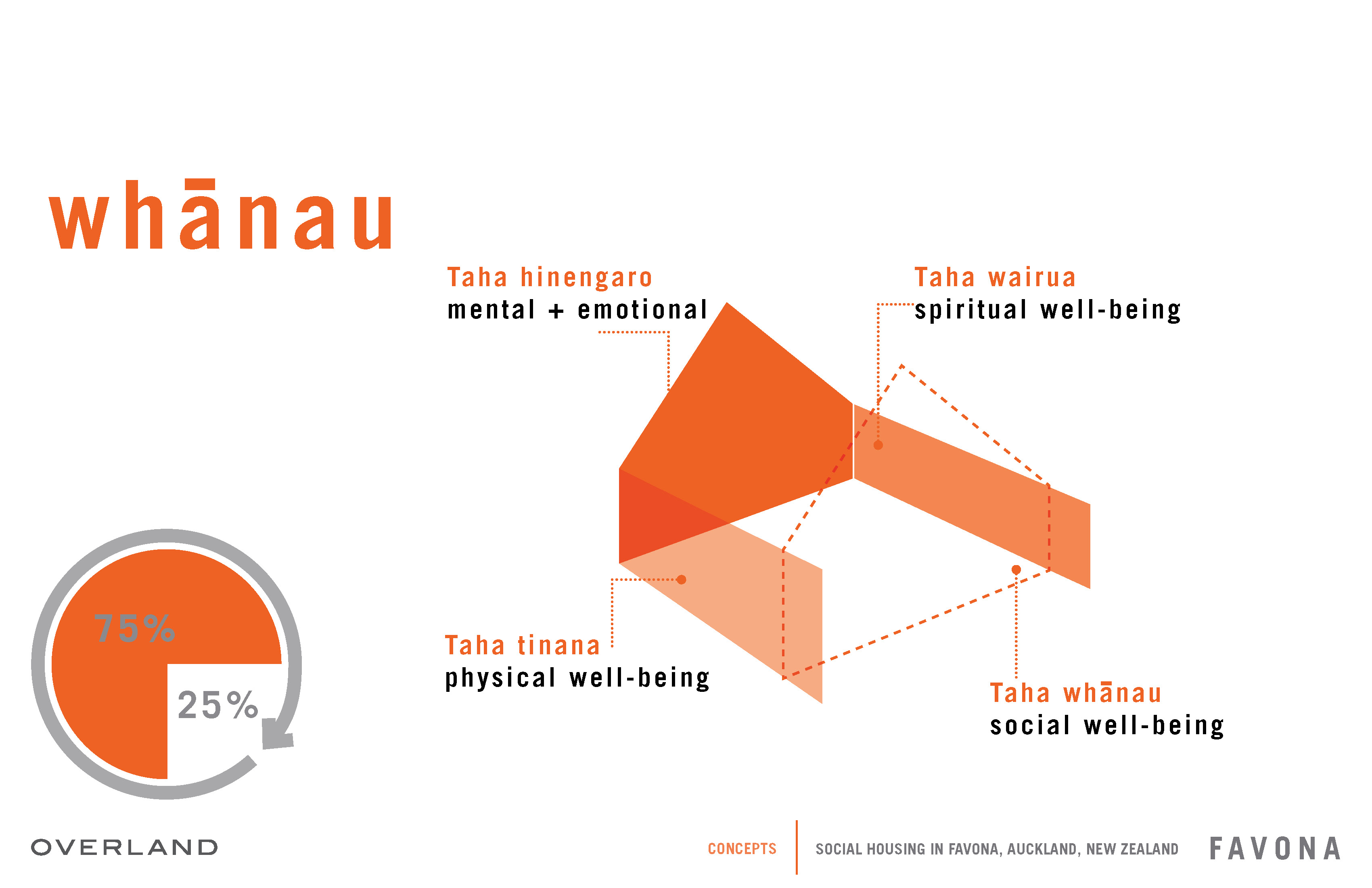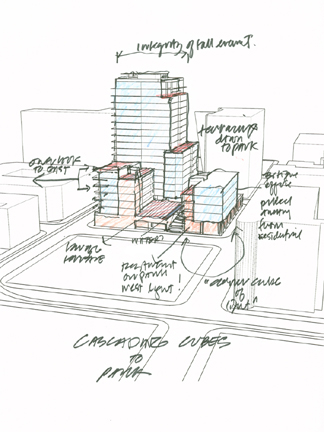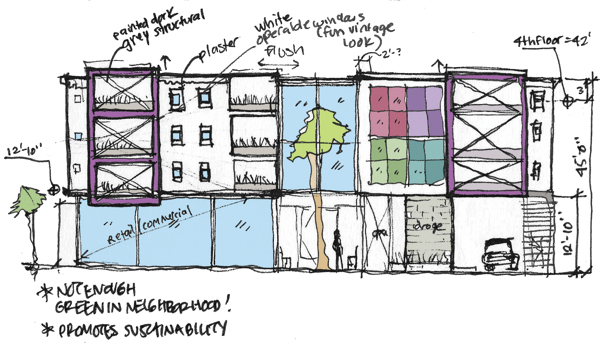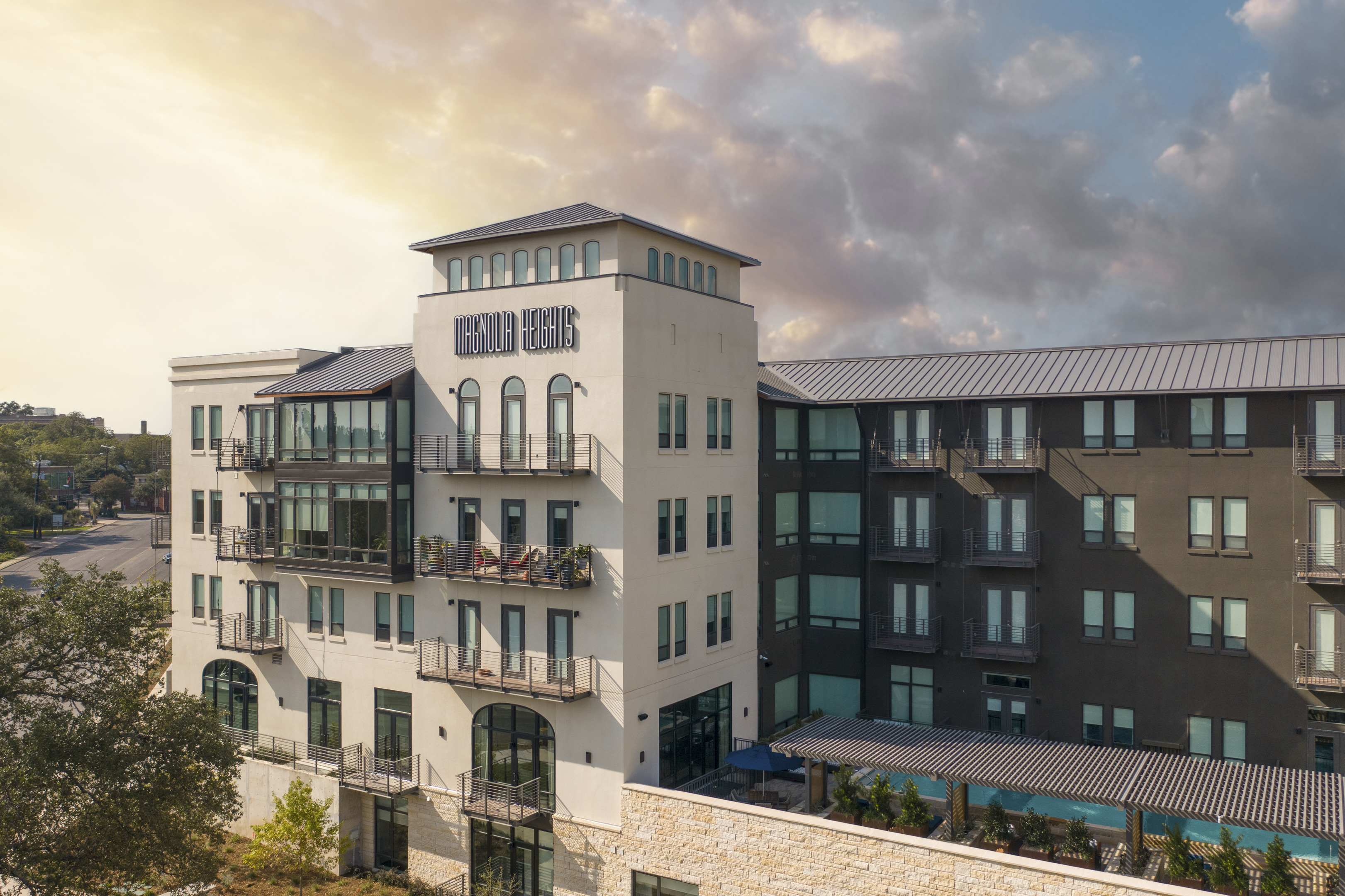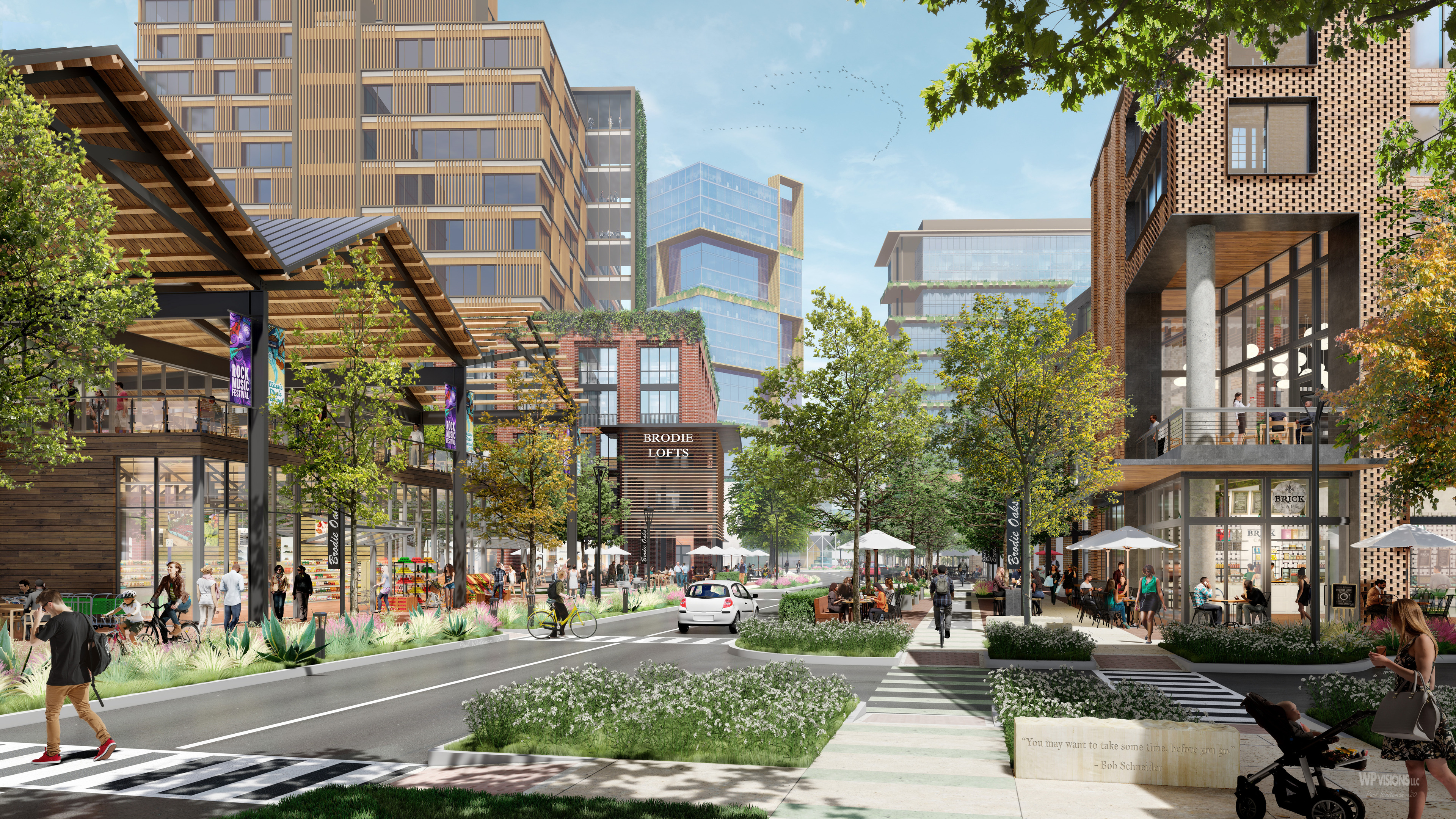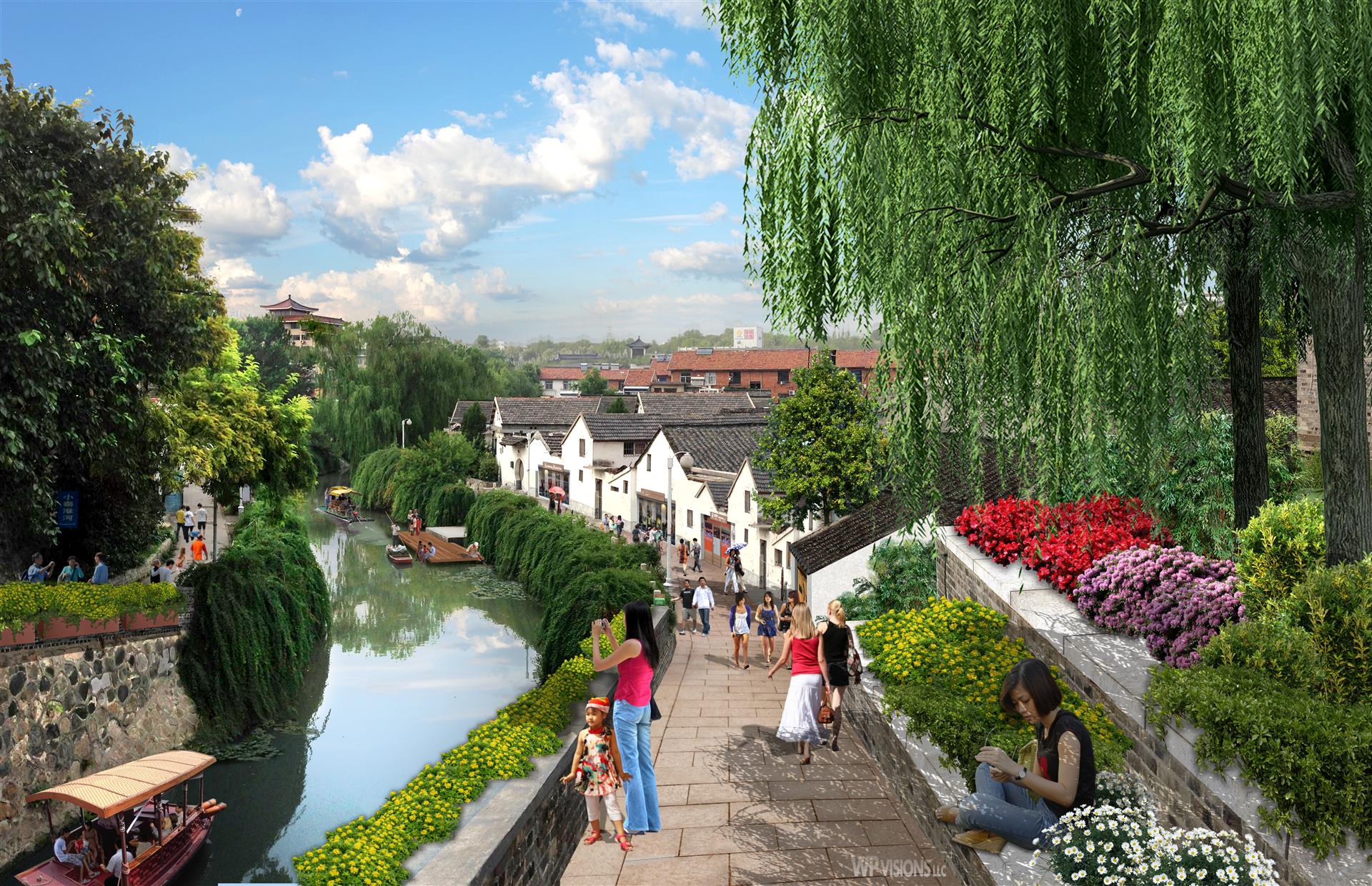Favona Social Housing
Auckland, New Zealand
Empowering Maori Communities: A Path to Self-Sufficiency and Cultural Rejuvenation.
Project Size
The Favona development in Auckland Harbor represents a transformative initiative aimed at breaking cycles of welfare dependency among the Maori people of New Zealand. Conceived as a for-profit social housing model infused with Maori cultural values, Favona seeks to empower its residents with pathways to self-sufficiency and community cohesion.
Inspired by the Maori principles of aroha (love), awhi (surrounding), and whare (house), the development integrates the values of the culture into the design. Two-thirds of the 1,600 units will be available at market rates, while the other third is to be subsidized for Maori residents who will also participate in a social program that includes financial literacy classes.
Situated in an area where housing is scarce and expensive, Favona’s design navigates strict density and height restrictions while creating a welcoming, humane environment along Auckland Harbor. Public spaces are designed to encourage interaction and strengthen community ties, echoing traditional Maori values of collective well-being over individualism.
Led by a developer driven by reconciliation and empowerment, Favona aims not only to provide housing but also to uplift and affirm the Maori heritage, offering hope and stability in a prime urban setting.
Planning & Process
We want to plan for the future with you.
